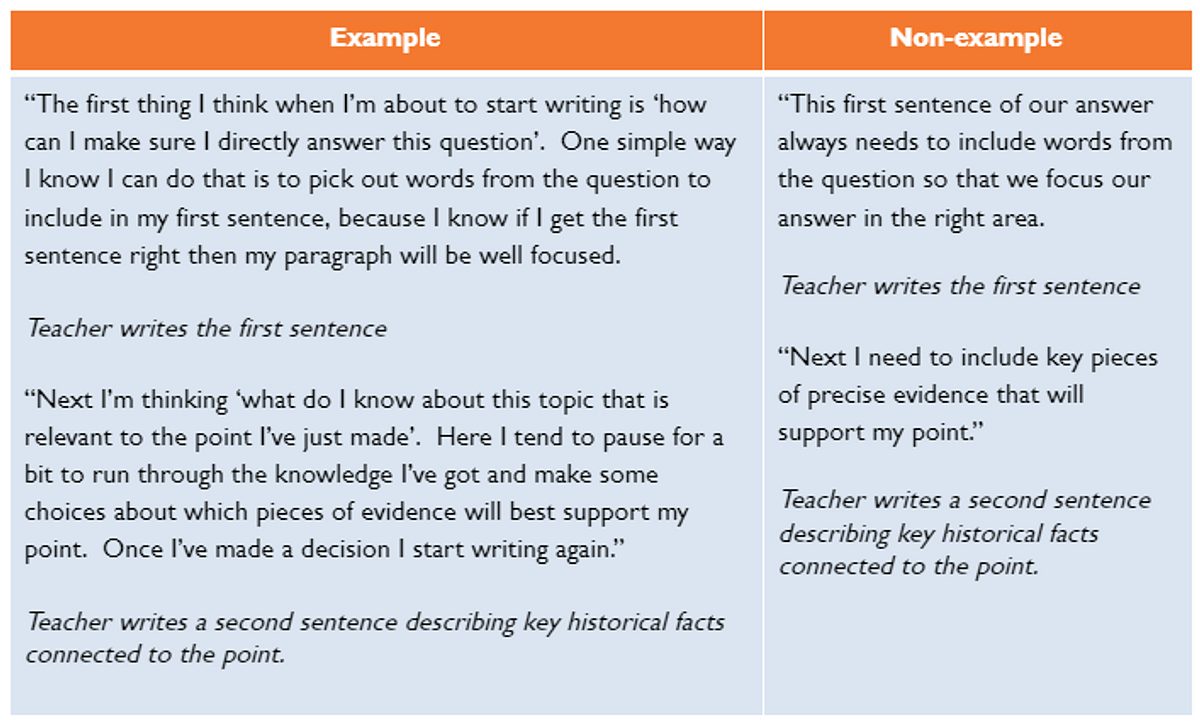
Research School Network: Moving forward with metacognition Metacognition has been a Durrington priority for several years now. Here are two ways we can ensure it remains high profile.
—
Moving forward with metacognition
Metacognition has been a Durrington priority for several years now. Here are two ways we can ensure it remains high profile.
Share on:

by Durrington Research School
on the
The implementation of metacognition as an intervention can be troublesome due to its nebulous nature. A bit like literacy, it has a multitude of strands and disciplines within disciplines, and so to help busy teachers often the best approach is to focus in on a distinct aspect when thinking about implementation.
Ultimately, metacognition and self-regulation succeeds or fails on student behaviour. While teachers hold the reigns of metacognition through the explicit teaching of its various elements, it is how students think that makes the difference. The tantalising prizes that we know await once students purposefully direct their thinking towards effective planning, monitoring and evaluating encourage teachers to alter their practice, but unless students do the same, we will yield little from the change.
With this in mind, here are, in my opinion, two of the interventions connected to metacognition that are most likely to lead to a step change in how our students think. Also, they benefit for being relatively low cost in terms of planning time and conducive to being integrated into everyday practice.
Questioning:
Getting metacognitive talk happening in our classrooms is an essential part of embedding the concepts of self-regulated learning with our students. Part of this is using the language of planning, monitoring and evaluating regularly.
However, it is also about refining our questioning to include metacognitive questions amongst the everyday higher and lower cognitive questions we ask as a matter of course. The reason is, these questions structure the sort of reflections we need students to have if they are to self-regulate. Some examples to try are:

Modelling:
When modelling, ensure we model our thinking as well as the process. So, not just “and next you do this”, but instead “my next thought is …. so from that we need to”. Below is an example and non-example of what this might look like in history:

So, two things teachers can try to build into the everyday to begin to alter the way students direct their thinking around common classroom activities. However, to change our habits, even to a small degree, is a task not to be underestimated. Therefore, rehearsal and revision of the suggested techniques will be key to success.
More from the Durrington Research School
Show all news

The Evidence Base behind Attendance Interventions
The importance of attendance means that there is a growing demand for a review of the research into attendance interventions.

Metacognition and self-regulation in geography
Head of geography Sam Atkins explains how he has been helping students develop their metacognitive regulation .